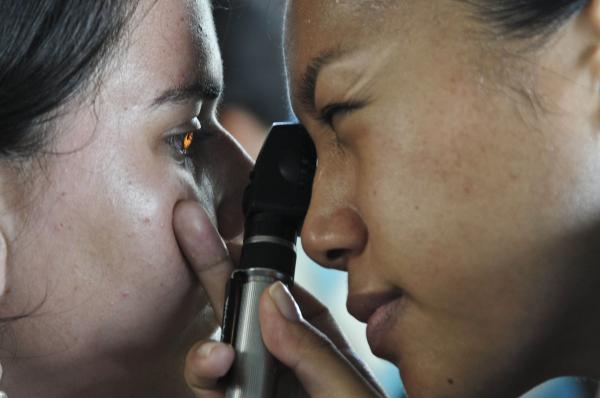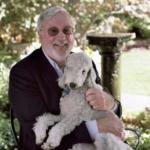Many factors contribute to the burnout of practicing physicians, which has been accelerated by the stress of the COVID-19 pandemic. One is “prior authorization,” that requires doctors to deal with extensive paperwork and phone calls to obtain agreement from insurance companies to cover certain medications or treatments. Another is restrictions on telehealth visits that, for example, might prevent a doctor located and licensed in one state from treating a patient remotely in another state.
Yet another is the requirement to maintain Electronic Health Records (EHRs) of patients’ medical history that may include clinical data, including demographics, progress notes, problems, medications, vital signs, past medical history, immunizations, laboratory data, and radiology and other reports. The federal Centers for Medicare & Medicaid Services (CMS) believes that the EHR “automates access to information and has the potential to streamline the clinician's workflow.” Instead, many practicing physicians find EHRs to be a burden.
Revising prior authorization of medications and treatments and adjustment of telehealth restrictions would require hard-to-achieve structural changes in the practice of medicine, but ingenuity and market forces have found a remedy for the EHR burden.
The EHR conundrum reminds me of when I was a medical resident, one of my colleagues always finished his day’s admissions before the rest of us. Finally, someone asked him what his secret was. The answer: “Crappy writeups.” We knew what he meant. The physical exam, ordering the needed tests, and devising the treatment plan was the interesting part, but writing it all up (by hand, because this was the pre-computer era) for the patient’s permanent record was drudgery. And time consuming.
But clear, complete patient notes are necessary – for consultants and other doctors who will subsequently need to consult the patient’s record, so my colleague was taking an unconstructive shortcut, one that wouldn’t be permitted today. Since my training days, however, the introduction of “medical scribes,” also called documentation assistants, has helped to ease the burden. They transcribe information during clinical visits in real time into electronic health records (EHRs) under physician supervision. That frees physicians to focus on the patient. Most often, it’s done by the examining physician leaving his or her cellphone connected to the scribe, who gets audio of the entire visit (with the patient’s permission, of course).
A controlled (but not randomized) study performed at University of Wisconsin Health evaluated the impact of scribes on physicians involved in primary patient-care. In the study, which included 37 scribe users and 68 controls, scribes were physically off-site and joined patient visits via an audio-only cellphone connection to hear and document visits in real-time. Individual scribes, who were paired with one physician to maintain continuity, were expected to join all their physicians' clinic sessions. Scribes’ notes were sent to the physicians, who reviewed, edited, and co-signed them.
The results were impressive and – to me, at least – wholly predictable. They showed that the use of scribes can result in “significant improvements in physician wellness” and decreased burnout.
Before being assigned a scribe, 70.3% of physicians in the study reported burnout based on the Mini-Z single-item burnout measure, a survey tool that offers a gauge of satisfaction with the work environment. That number dropped to 51.4% after pairing with a scribe — a 26.8% decrease. For physicians who did not receive a scribe, the fraction experiencing burnout rose over the study period from 50% to 60.3%.
In addition to improvement in physician wellness considered as an isolated variable, the study also measured another variable that has been shown to be related to burnout -- namely, the time physicians had to spend on requirements related to Electronic Health Records (EHRs). EHRs, which are now widely required, shifted a number of clerical responsibilities to physicians, from billing and coding to prescribing medications electronically.
A study published in 2019 identified an association between key aspects of the EHR design and physicians’ perception of well-being. They included information overload, excessive data entry, “note bloat,” and notes geared toward billing rather than patient care.
The University of Wisconsin Health study found that the use of scribes reduced EHR time by as much as 66 minutes for every 8 hours of time scheduled with patients, including a reduction of just over half an hour of time outside of the scheduled workday. Not surprisingly, most of that reduction came from less time spent on patient notes.
Far too many American physicians experience burnout. That threatens the availability of healthcare, which was stressed to the breaking point by surges of COVID-19 cases and hospitalizations during the worst of the pandemic, and which will continue to confront the scourge of long COVID.
It behooves all of us, therefore, to mitigate physician burnout. There is something that all patients can do to that end: When you’re asked at the beginning of your next physician’s appointment for permission to have a scribe take notes – agree!




